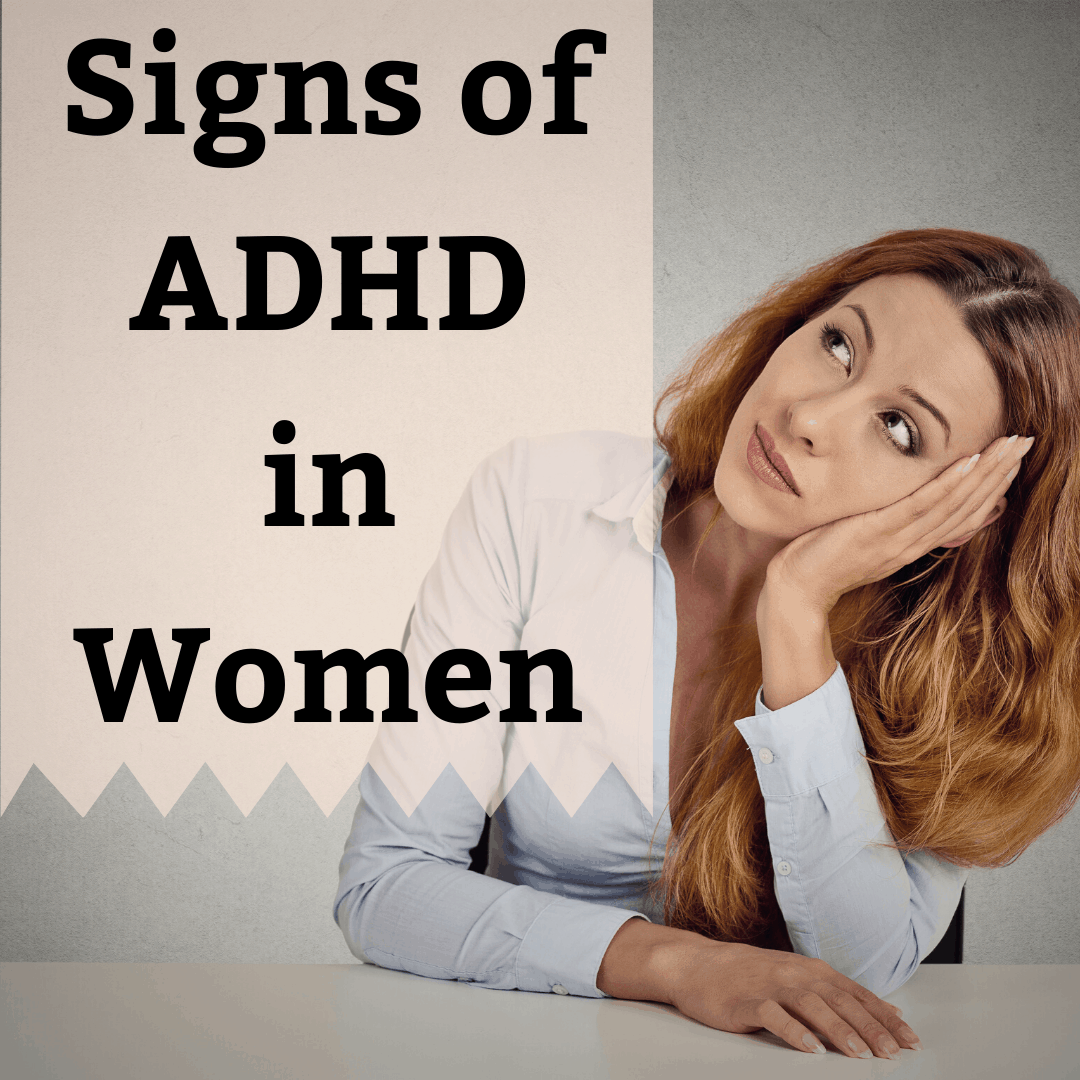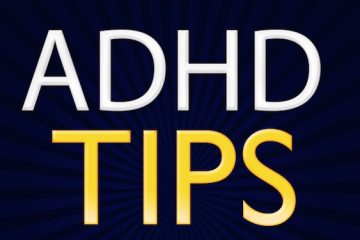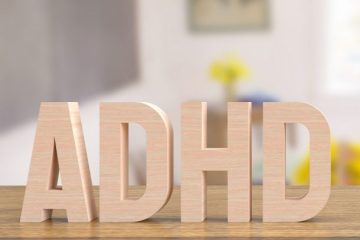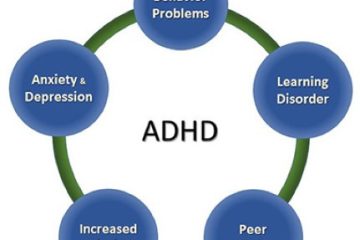ADHD in women often remains undiagnosed, creating a significant gap in recognizing and addressing this condition. This article delves into the distinctive signs and symptoms of ADHD in women, shedding light on the challenges they face, why their symptoms are frequently overlooked, and how it affects various aspects of their lives.
Introduction: The Unseen Struggle of ADHD in Women
Attention-Deficit/Hyperactivity Disorder (ADHD) has long been associated more with men and boys, leading to a diagnostic gap in women. Understanding the unique presentation of ADHD symptoms in women is crucial for accurate diagnosis and effective management. This article explores the nuanced ways ADHD manifests in women and the impact on their daily lives.
How Does ADHD Look Different in Women?
ADHD manifests in three presentations: inattentive, hyperactive/impulsive, or a combination of both. Men and boys commonly exhibit hyperactive/impulsive ADHD, marked by fidgetiness, restlessness, and impulsivity. Conversely, women often display inattentive ADHD, characterized by difficulties in focusing, organizing, and remembering tasks.
Gender bias contributes to the underdiagnosis of ADHD in women, as inattentive symptoms are sometimes mistaken for personality traits. Research indicates that while men and women with ADHD share many similarities, there are subtle differences, including coping strategies and externalizing symptoms.
Why ADHD in Women Is Often Misdiagnosed
ADHD symptoms in girls are frequently dismissed as character traits, leading to misdiagnosis or delayed diagnosis. Characteristics like being spacey, forgetful, or talkative may be perceived as inherent rather than symptomatic. The Centers for Disease Control and Prevention (CDC) reports a significant disparity in ADHD diagnoses between boys and girls, with girls consistently being underdiagnosed.
The evolving awareness of ADHD symptoms in women is gradually closing the diagnosis gap, enabling more women to seek the support they need. However, the psychological distress, low self-esteem, anxiety, and chronic stress experienced by women with ADHD underscore the importance of timely recognition and intervention.
What Does Untreated ADHD Look Like in Women?
Undiagnosed or underdiagnosed ADHD in women manifests as challenges in meeting deadlines, difficulty focusing, and organizational struggles. Daily life becomes overwhelming, with feelings of inadequacy, frustration, and a sense of chaos. The societal expectation for women to fulfill caretaking roles exacerbates these challenges.
Signs of ADHD in Various Aspects of Life
Understanding how ADHD manifests in different areas of life is crucial for recognizing the signs in women. These signs may vary in intensity, becoming more noticeable in specific contexts such as relationships, social interactions, work, school, and daily life.
Relationships:
- Difficulty fulfilling societal expectations
- Struggles in remembering important dates or events
- Perceived lack of care due to unmet expectations
Social Life:
- Childhood energy may be labeled as tomboyish
- Challenges navigating social rules
- Talkativeness combined with social anxiety
Work:
- Difficulty focusing in a busy environment
- Tendency to work more effectively during quiet hours
- Persistent desk clutter despite organizing efforts
School:
- Inattentive symptoms may lead to overlooked ADHD
- Hyperfocus on specific interests may mask the condition
- Frustration at peers’ achievements despite comparable intelligence
Daily Life:
- Paper clutter and disorganization challenges
- Compensatory overspending on impulsivity
- Difficulty with decision-making, especially in grocery stores
Co-Occurring Conditions
ADHD in women often coexists with other conditions, complicating the diagnostic process. Substance use disorders, anxiety disorders, sleep disorders, eating disorders, mood disorders, and more can overlap with ADHD symptoms. Awareness of these coexisting conditions is essential for accurate diagnosis and comprehensive treatment.
Treatment for ADHD in Women
Effective treatment for ADHD in women involves a multifaceted approach, considering the nature and impact of symptoms. Treatment options encompass medication, therapy, lifestyle adjustments, and accommodations in various life domains. An accurate diagnosis is the initial step toward empowering women with ADHD to manage their symptoms, appreciate their strengths, and make positive life changes.
Conclusion: Empowering Women Through Understanding and Support
ADHD in women should no longer go unnoticed. By recognizing the unique signs and symptoms, addressing the diagnostic challenges, and providing comprehensive support, we can empower women to navigate life successfully. Brimex Medical, Inc. is committed to offering intellectual and developmental disability support that enables individuals to find their rightful place in the community. If you suspect ADHD symptoms, seek professional evaluation for accurate diagnosis and tailored treatment.




